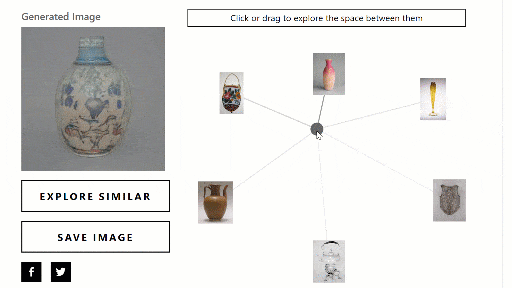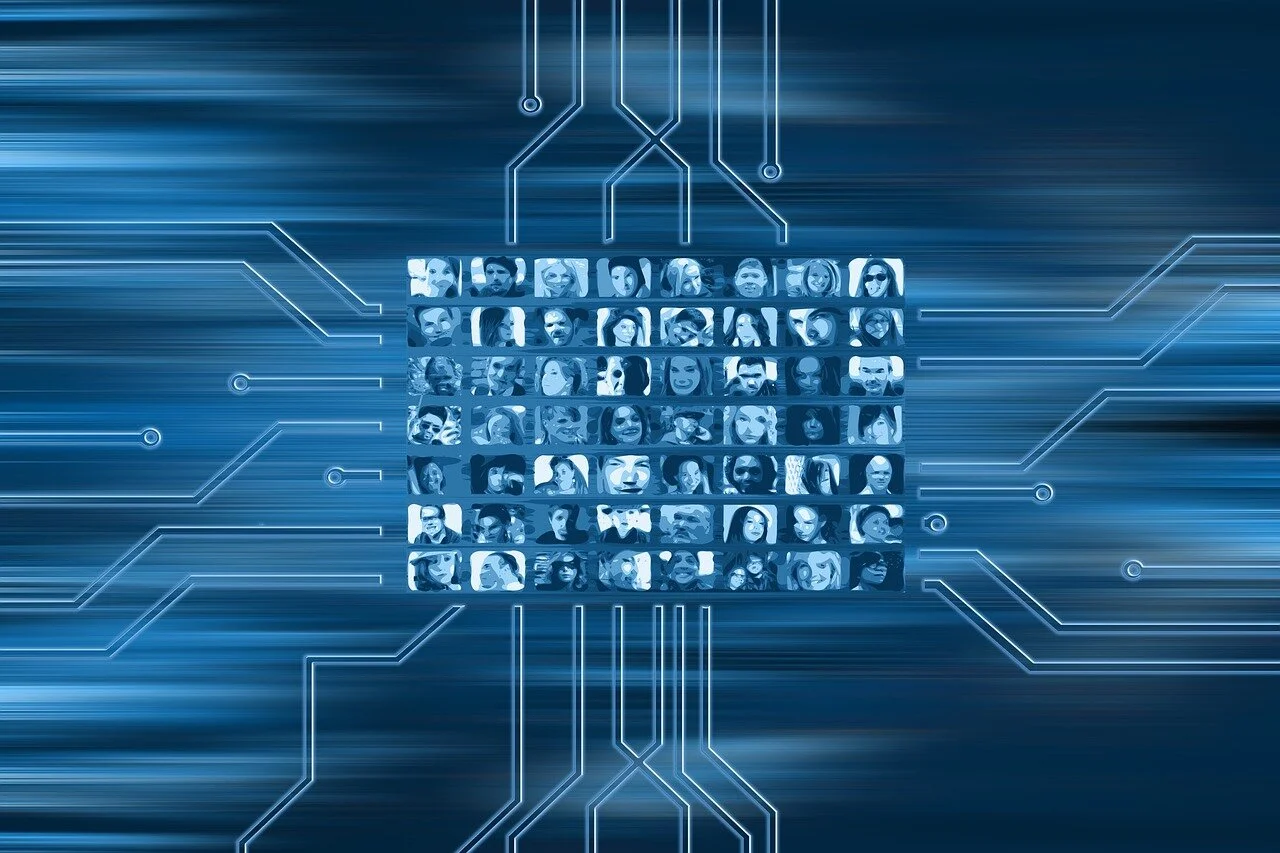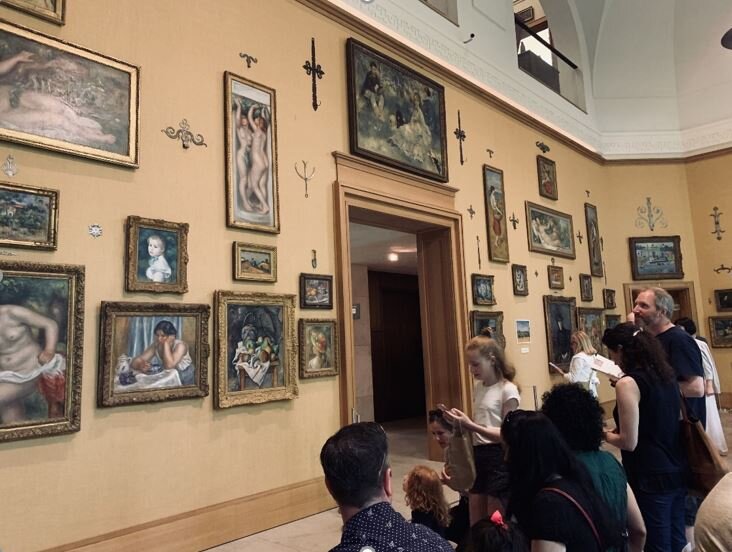Recently, museums are utilizing Artificial Intelligence Technology to engage audiences and personalize visitor experiences. Before doing any further research, it is important to understand what the AI technologies are that are used for audience engagement. How are they implemented into museums? And are there any challenges or problems?
A Digital Future for Cultural Heritage
Digital technology is becoming a standard tool for the collection, preservation, and dissemination efforts of arts and cultural heritage worldwide. From 3D configuration of ancient artifacts to applying artificial intelligence to shed new light on how we perceive the lineage of humanities, cultural heritage is headed toward a digital future. This article will examine the ways in which digitization and artificial intelligence – two of the most widely used or relevant forms of technology in cultural heritage – are applied through global cases of innovative initiatives happening in the field in recent years.
Deepfake Technology in the Entertainment industry: Potential Limitations and Protections
Deepfake is a merge between 2 terms which are Deep Learning and Fake. It is a technology that includes teaching software to memorize faces, expressions, movements and even voices of a person so that the machine can later project that information onto another person. Despite its common inappropriate use, Deepfake technology can surely benefit the entertainment industry, specifically film production. This comes with further consequences to be considered by various parties.
Practical Uses of AR in Arts and Culture
Since its first iteration, Augmented Reality (AR) has been disrupting education, health, entertainment, and many other fields. By enhancing the senses and abilities it has delighted but also aided in solving difficult problems. In arts and culture, AR has transformed static museum displays and provided special effects for stage productions. But the use of AR hasn’t gone much beyond support in storytelling, and the adoption of such a versatile technology as a tool in the production processes has been tentatively explored.
AI as a Tool in the Arts
Artists are taking advantage of new technologies to enhance their artmaking. They are using AI as a tool in the same way that artists of yesteryear used pen and ink and paintbrushes. This opens a whole new realm of possibilities for arts managers in terms of the scope of multimedia exhibitions and performances. Artists who are using AI as a tool include visual artists, performers, and creators of popular media.
Image Recognition Technology Use in Museums
AI & the Future Workforce of Museums
AI has, and will continue to disrupt many traditional careers. According to a report by the global consultancy firm McKinsey & Company, by the year 2030 automation and AI could force around 33 percent of the US’s projected 166 million workforce to change jobs. How will this future impact the museum sector? This report investigates the pathways for AI in the workforce and where we might begin seeing it emerging in the museum sector.
The Future of AI and Audience Engagement in the Arts
NY Live Arts hosted the Arts + AI Symposium, Saturday May 11, 2019. The Symposium was part of Live Arts, their annual humanities festival of arts and ideas. The 2019 Festival AI: Are You Brave Enough for The Brave New World? pondered a future with artificial intelligence, a technology that promises to revolutionize human existence. The festival headliner was a performance by discrete figures. Other activities included a hacking camp for teens and panel discussion on the Future of Work.
The Art + AI Symposium offered the sold-out crowd a speed dating style share-out from panel participants. As the manager in the group, I provided a perspective on AI focusing on how institutions will begin connecting the art to the audience using emerging technologies. The following article provides a summary of the frameworks and solutions I presented.
Emergent Technologies and Disruptions in the Art World
In March of 2019 an international group of artists, technologists, fintech specialists, cultural industry professionals and collectors gathered in Manama, Bahrain for the UNFOLD Art and FinTech Summit. For arts managers curious about what lies on the edge of the art & tech world, and what may be available everywhere in the near future, the following provides a summary of highlights.
Is AI a Job Killer in Art Museums?
Research Update: Artworks Powered by Artificial Intelligence in the Marketplace
There is a significant distinction to be made between the traditional model of AI-generation - where an algorithm simply produces a piece of art - and a more interactive form of generation, where the algorithm is actually part of the art. The question then becomes, how can artwork that requires ongoing AI generation and adaptation can be integrated into the traditional marketplace?
Image source: Philip Beesley Architect Inc.


















